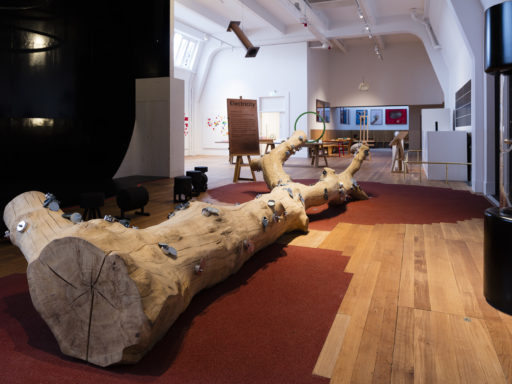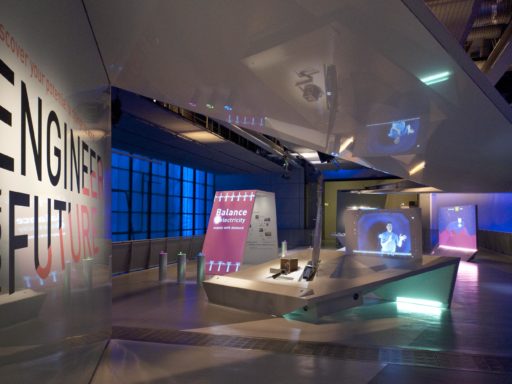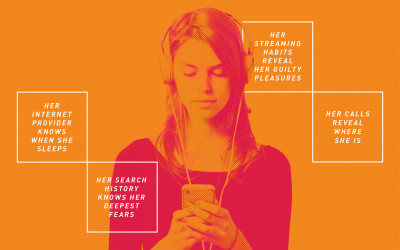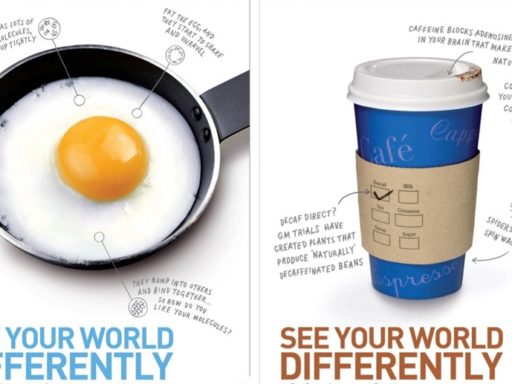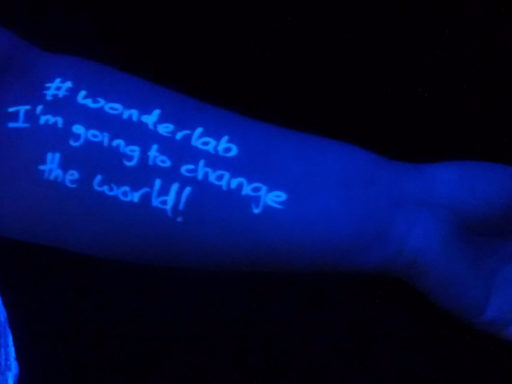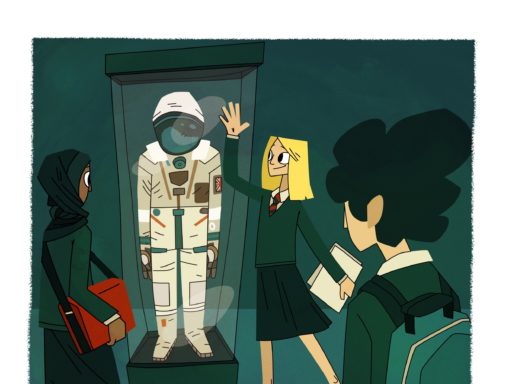How can we help people feel that science is something that they can do? Helen Loft, a Science Museum Explainer, reflects on her work engaging visitors in Wonderlab: The Equinor Gallery.
Our engagement reflection points put the audience at the heart of what we do, helping us influence and shape their engagement with, and attitudes towards, science.
Science is about people.
Science is a social and creative endeavour.
From exhibitions on contemporary science to periodic table tea towels in the gift shop, museums and science centres are brimming with science content.
With amazing authentic objects, cutting edge science stories and hands on experiences, museums and science centres are a rich learning resource that spark curiosity and show how science has transformed all our lives.
Science, technology, engineering and maths achieve incredible things, it can be exciting, awe inspiring, even entertaining and fun, but that doesn’t mean that everyone will automatically make a personal connection with it or feel that it is something for them.
Research shows us that many young people who enjoy science, grow up feeling that it is not for them.
We have found that many people see that science is just a subject that is taught in school and don’t see that it has any relevance to them beyond the classroom – yet in one form or another, it is part of our daily lives.
The language we use around STEM, both verbal and visual, often reinforces the idea that it is for people who aren’t ‘like me’.
STEM engagement is at the heart of what we do in our museums, and science capital provides us with a research based insight which builds on our understanding of what influences and shapes people’s engagement and attitudes towards science.
When designing learning resources, activities and events as part of the Enterprising Science project, we have repeatedly tried to create connections between science and students’ homes, families and local communities.
